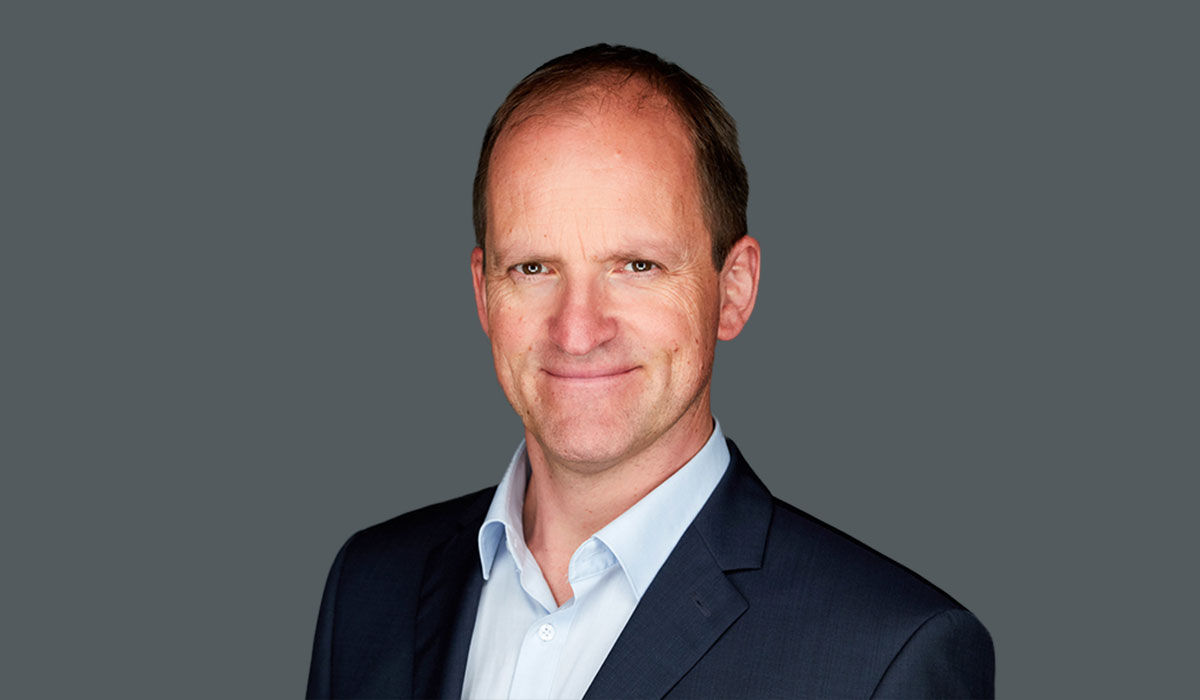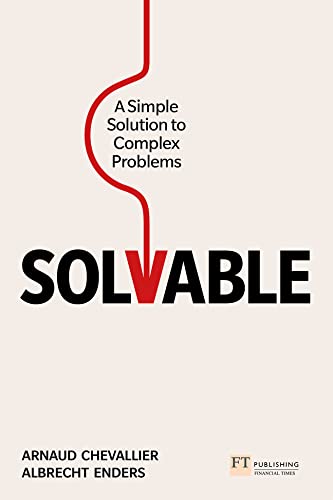
Executives who can learn the secret to solving complex problems have got it made, writes Professor Albrecht Enders
Lots of people want to be popular. Googling the term ‘popularity’ returns more than four billion results (‘successfulness’ manages just 590,000). There are innumerable online resources — aimed at everyone from teenage girls to high-flying executives — on how to boost your popularity.
Yet even the great business journal Fast Company, in its piece Five Habits of Popular People, managed to miss a sure-fire way to supercharge your popularity.
If you want to be sought after, become a better problem-solver. The World Economic Forum and McKinsey report that problem-solving skills are of paramount importance. They often come first among skills demanded by organisations — frequently trumping other critical skills such as communication acumen or the ability to handle ambiguity.
But if excellence in problem-solving makes you popular, why aren’t more executives developing such expertise? The answer is simply that problem-solving isn’t easy. Even the best people toil with it.
In the research for our new book Solvable, my International Institute of Management Development (IMD) colleague Professor Arnaud Chevallier and I discovered an uncomfortable truth: many senior businesspeople struggle to solve exactly the sorts of problems that organisations face daily. These dilemmas are classed as CIDNI — complex, ill-defined and non-immediate. CIDNI problems are easy to pronounce — “seed-nee” — but fiendishly hard to master. Unless you know how.
Humans face dilemmas from dawn until dusk, every day of their lives. There are a multitude of potential solutions to the quandary: “What colour socks shall I put on this morning?” But we rarely dwell on such mundane choices. Instead, our brains short-circuit the process through instinctive responses. This is called System 1 Thinking and, for many everyday problems, it does the job. Our thick, navy socks might not be perfect for that day’s meetings and weather, but the time saved in making our choice usually justifies our lack of precision in selection.
The trouble is that most problems faced by business leaders are rather different in nature to rudimentary clothing choices. CIDNI dilemmas share important characteristics that render System 1 Thinking inappropriate as a means of solving them.
The NI — non-immediate — element of CIDNI problems might present as an advantage: if we have ample time to follow a systematic process we are more likely to solve the problem. This is true in theory, but — in practice — many people still fail to properly address dilemmas despite having adequate time and resources to do so. There are several classic mistakes.
Thankfully, help is at hand. Most complex problems can be solved in as little as five minutes with the appropriate techniques. In our book, Professor Chevallier and I use an approach called FrED. By understanding it, and following it, business leaders can transform their working lives through better, quicker and more effective decision-making. FrED can be equally well deployed on dilemmas we face in our love, family and social lives.
We know those who can crack complex problems are popular. But, despite decades of management and leadership theory, they remain rare.
Yet CIDNI problems are at the heart of running every organisation. Global business has a skills shortage… Great decision-makers wanted: call FrED to find out more.
 Solvable: A Simple Solution to Complex Problems by Arnaud Chevallier and Albrecht Enders is out on 18th June, by FT Publishing, priced £16.99.
Solvable: A Simple Solution to Complex Problems by Arnaud Chevallier and Albrecht Enders is out on 18th June, by FT Publishing, priced £16.99.
Albrecht Enders is Professor of Strategy and Innovation at The International Institute for Management Development (IMD). His new book with co-author and IMD colleague Professor Arnaud Chevallier Solvable is out soon.

Thinkers50 Limited
The Studio
Highfield Lane
Wargrave RG10 8PZ
United Kingdom

Thinkers50 Limited
The Studio
Highfield Lane
Wargrave RG10 8PZ
United Kingdom
| Cookie | Duration | Description |
|---|---|---|
| LANG | 9 hours | Linkedin set this cookie to set user's preferred language. |
| nsid | session | This cookie is set by the provider PayPal to enable the PayPal payment service in the website. |
| sp_landing | 1 day | The sp_landing is set by Spotify to implement audio content from Spotify on the website and also registers information on user interaction related to the audio content. |
| sp_t | 1 year | The sp_t cookie is set by Spotify to implement audio content from Spotify on the website and also registers information on user interaction related to the audio content. |
| tsrce | 3 days | PayPal sets this cookie to enable the PayPal payment service in the website. |
| x-pp-s | session | PayPal sets this cookie to process payments on the site. |
| __cf_bm | 30 minutes | This cookie, set by Cloudflare, is used to support Cloudflare Bot Management. |
| Cookie | Duration | Description |
|---|---|---|
| l7_az | 30 minutes | This cookie is necessary for the PayPal login-function on the website. |
| Cookie | Duration | Description |
|---|---|---|
| CONSENT | 2 years | YouTube sets this cookie via embedded youtube-videos and registers anonymous statistical data. |
| _ga | 2 years | The _ga cookie, installed by Google Analytics, calculates visitor, session and campaign data and also keeps track of site usage for the site's analytics report. The cookie stores information anonymously and assigns a randomly generated number to recognize unique visitors. |
| _gat_gtag_UA_10408481_1 | 1 minute | Set by Google to distinguish users. |
| _ga_ZP8HQ8RZXS | 2 years | This cookie is installed by Google Analytics. |
| _gid | 1 day | Installed by Google Analytics, _gid cookie stores information on how visitors use a website, while also creating an analytics report of the website's performance. Some of the data that are collected include the number of visitors, their source, and the pages they visit anonymously. |
| Cookie | Duration | Description |
|---|---|---|
| NID | 6 months | NID cookie, set by Google, is used for advertising purposes; to limit the number of times the user sees an ad, to mute unwanted ads, and to measure the effectiveness of ads. |
| test_cookie | 15 minutes | The test_cookie is set by doubleclick.net and is used to determine if the user's browser supports cookies. |
| VISITOR_INFO1_LIVE | 5 months 27 days | A cookie set by YouTube to measure bandwidth that determines whether the user gets the new or old player interface. |
| YSC | session | YSC cookie is set by Youtube and is used to track the views of embedded videos on Youtube pages. |
| yt-remote-connected-devices | never | YouTube sets this cookie to store the video preferences of the user using embedded YouTube video. |
| yt-remote-device-id | never | YouTube sets this cookie to store the video preferences of the user using embedded YouTube video. |
| yt.innertube::nextId | never | This cookie, set by YouTube, registers a unique ID to store data on what videos from YouTube the user has seen. |
| yt.innertube::requests | never | This cookie, set by YouTube, registers a unique ID to store data on what videos from YouTube the user has seen. |
| Cookie | Duration | Description |
|---|---|---|
| DEVICE_INFO | 5 months 27 days | No description |
| loglevel | never | No description available. |
| m | 2 years | No description available. |
Thinkers50 Limited has updated its Privacy Policy on 28 March 2024 with several amendments and additions to the previous version, to fully incorporate to the text information required by current applicable date protection regulation. Processing of the personal data of Thinkers50’s customers, potential customers and other stakeholders has not been changed essentially, but the texts have been clarified and amended to give more detailed information of the processing activities.